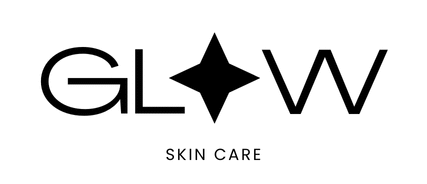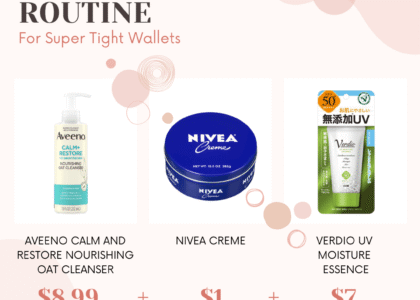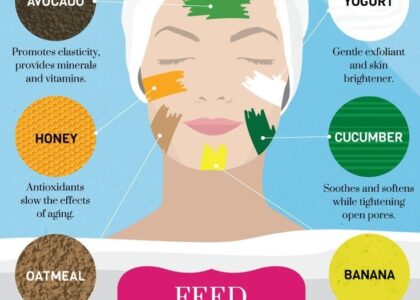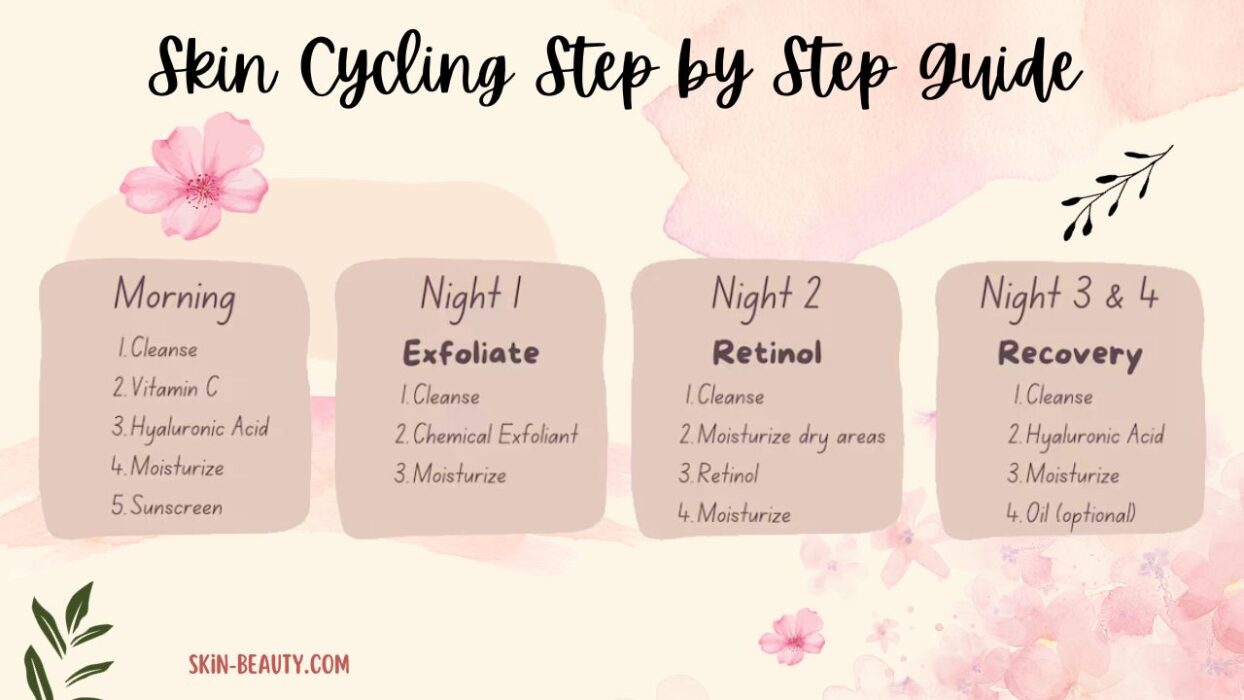When it comes to skincare, one size does not fit all. Understanding your skin type is the first and most important step in building an effective skincare routine. Without knowing your skin’s unique needs, you may end up using the wrong products—leading to breakouts, dryness, irritation, or wasted money.
In this blog, we’ll explain the 5 main skin types, how to identify yours, and why choosing products that match your skin type is essential for healthy, glowing skin.
Why Knowing Your Skin Type Matters
Choosing the right cleanser, moisturizer, serum, or treatment depends heavily on your skin type. Here’s why it matters:
- Reduces irritation caused by harsh or unsuitable ingredients
- Prevents breakouts and clogged pores
- Maximizes product effectiveness by using the right formulations
- Saves money by avoiding trial-and-error purchases
The 5 Main Skin Types
1. Normal Skin
Traits:
- Balanced—not too oily or dry
- Small pores
- Even texture and tone
- Few blemishes or sensitivities
Skincare focus: Maintain balance and hydration.
2. Oily Skin
Traits:
- Shiny appearance, especially in the T-zone (forehead, nose, chin)
- Enlarged pores
- Prone to blackheads, whiteheads, and acne
Skincare focus: Oil control, gentle exfoliation, and non-comedogenic products.
3. Dry Skin
Traits:
- Feels tight, rough, or flaky
- Dull appearance
- Often itchy or irritated
- May be sensitive to harsh weather
Skincare focus: Deep hydration, gentle cleansers, and barrier-repairing products.
4. Combination Skin
Traits:
- Oily in the T-zone
- Dry or normal on the cheeks
- May experience both acne and dry patches
Skincare focus: Balancing act—lightweight moisturizers and targeted treatments.
5. Sensitive Skin
Traits:
- Easily irritated
- Redness, stinging, or burning after using certain products
- Reacts to environmental factors like weather or stress
Skincare focus: Soothing ingredients, fragrance-free and hypoallergenic products.
How to Find Out Your Skin Type
You can determine your skin type at home using a simple 2-step method.
The Bare-Faced Test
- Wash your face with a gentle cleanser.
- Pat it dry and wait 30 minutes without applying anything.
- Observe how your skin feels and looks:
- Tight and flaky? → Dry
- Shiny all over? → Oily
- Shiny T-zone, dry cheeks? → Combination
- Comfortable and balanced? → Normal
- Redness or irritation? → Sensitive
The Blotting Sheet Test
- Gently press oil blotting sheets on different areas of your face.
- Hold the sheet up to the light to see the amount of oil:
- Little to no oil → Dry
- Oil from forehead, nose, and chin → Combination
- Oil from all areas → Oily
- Minimal oil, no flakiness → Normal
Product Tips by Skin Type
| Skin Type | Cleansers | Moisturizers | Key Ingredients |
|---|---|---|---|
| Normal | Gentle foaming | Lightweight cream/lotion | Hyaluronic Acid, Ceramides |
| Oily | Gel-based or salicylic acid | Oil-free, non-comedogenic | Niacinamide, Clay, BHA |
| Dry | Cream or oil-based | Rich, emollient | Glycerin, Shea Butter, Squalane |
| Combination | Balancing cleanser | Light cream for all-over or spot treat | Green Tea, Lactic Acid |
| Sensitive | Fragrance-free, creamy | Soothing formulas | Aloe Vera, Oat Extract, Centella Asiatica |
Can Your Skin Type Change?
Yes! Factors like age, hormones, diet, weather, and skincare products can shift your skin type over time. For example:
- Teenagers often have oily skin due to hormones.
- Skin tends to become drier as we age.
- Seasonal changes can make skin more sensitive or dry.
That’s why it’s a good idea to re-evaluate your skin type every few months.
Final Thoughts
Knowing your skin type is the key to making smarter skincare choices. With this knowledge, you’ll be able to:
Build a personalized routine
Avoid irritation or breakouts
Save money by buying only what you need
Get healthier, glowing skin faster





